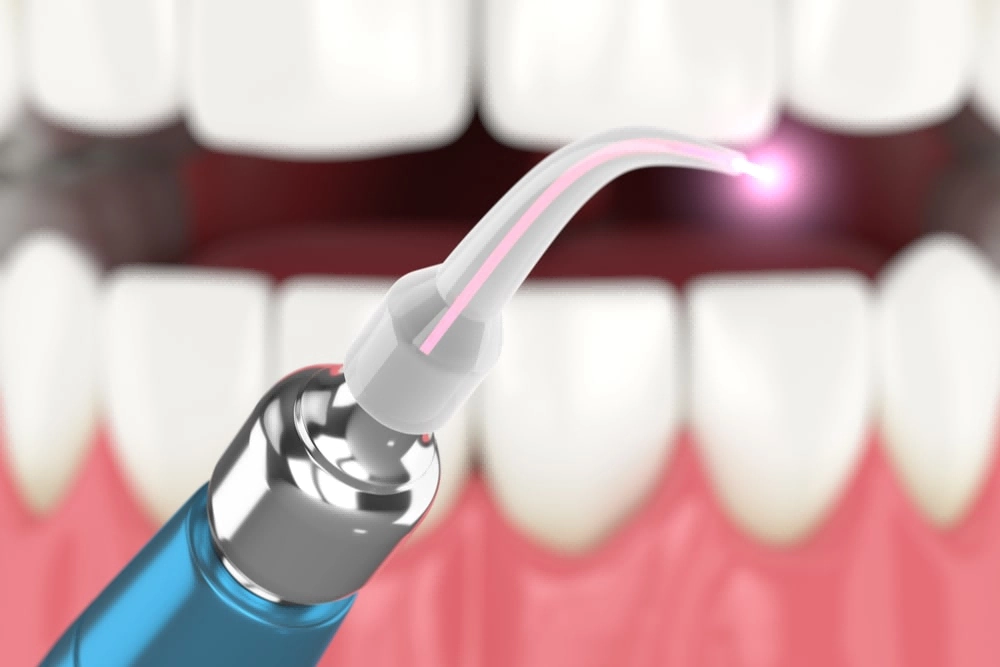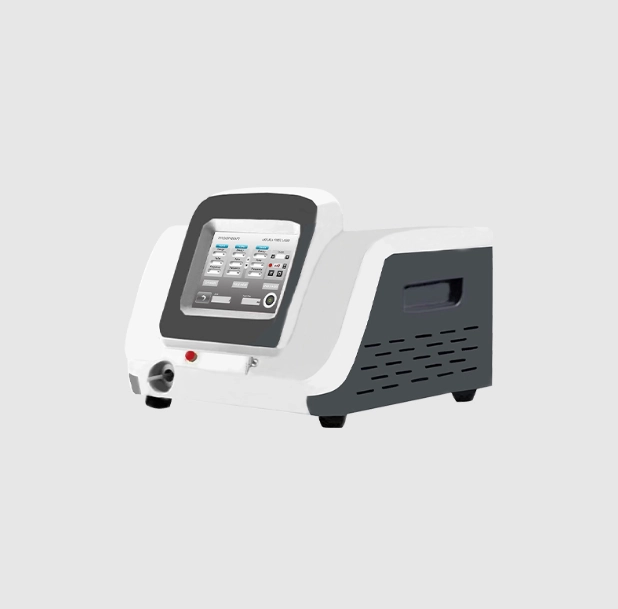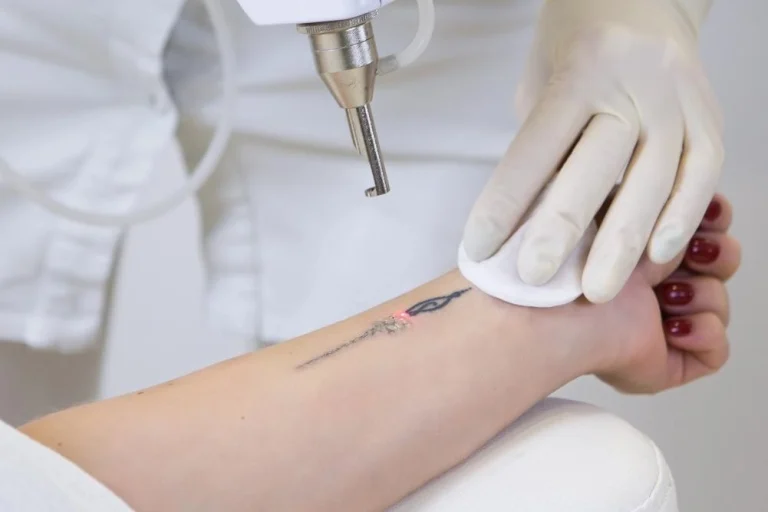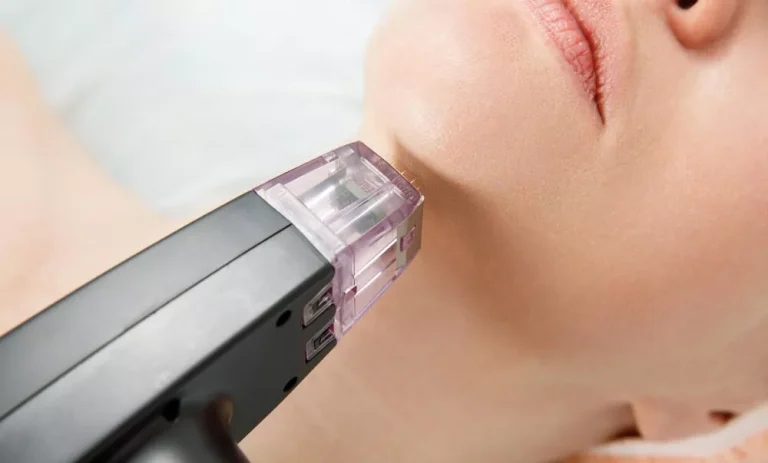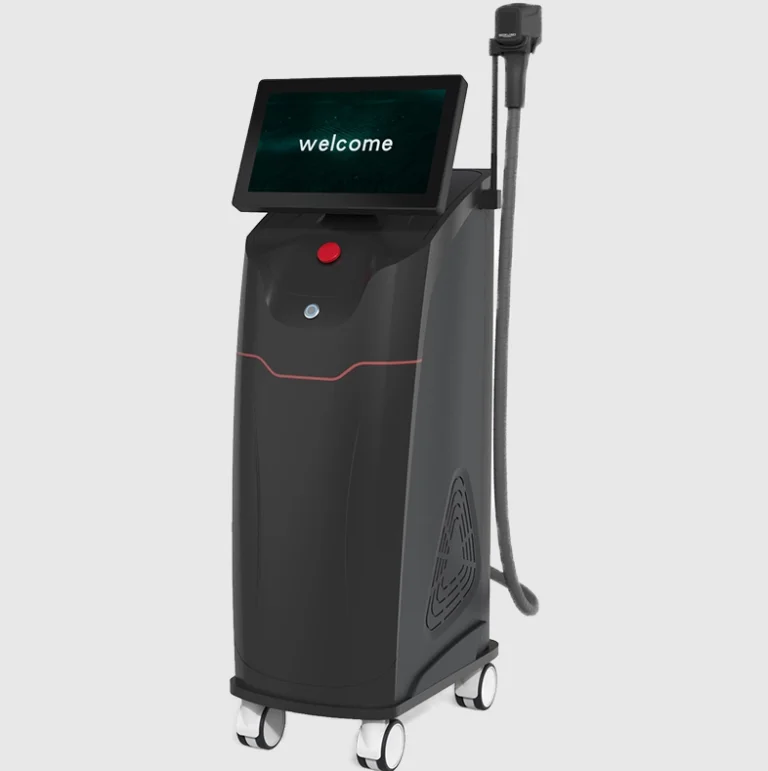Introduction
Dental implants have improved a ton over time. They work great over 95% of the time for 10 years. This makes them a top choice for fixing lost teeth. Now, the goal is better implant techniques, fewer issues, and keeping patients cozy. The 980nm diode laser is a real game-changer in implant dentistry. It brings nifty, gentle ways to place implants, fit prosthetics, and fight infections with super precision.
Progress in Dental Implantology
Dental implantology has grown a lot. It’s not just about bones sticking to implants anymore. It’s about sharper surgery steps, quicker healing, and better looks and function. Materials like titanium and zirconia are really body-friendly. Digital scans and computer-guided tools boost accuracy. Adding diode lasers shakes things up even more. They keep procedures soft, cut discomfort, and lift results with great control.
Role of Lasers in Implant Therapy
Diode lasers are super handy in dental implant therapy. They shine in different stages:
- Implant Placement: Lasers slice soft tissue cleanly with barely any bleeding. This keeps the work area clear and guards nearby tissues.
- Prosthesis Installation: In later surgeries, lasers uncover implants and shape gums around prosthetics for swell looks and function.
- Infection Control: Lasers zap germs in peri-implant tissues, tackling problems like mucositis and peri-implantitis while helping tissues mend.
These tricks speed up work and boost patient outcomes, making diode lasers a cool tool in implant dentistry.
Benefits of Diode Laser-Assisted Implant Therapy
Diode lasers bring a bunch of neat perks to implant therapy:
- Less Bleeding During Surgery: The 980nm diode laser seals blood vessels as it cuts. This keeps bleeding low, the work area clear, and helps precision and comfort.
- Clearer Surgical View: Less bleeding means better sight. Dentists can work with more confidence and accuracy.
- Faster Surgery Time: Lasers are quick and sharp, speeding up procedures and making the patient experience better.
- Clean Work Area to Stop Infections: The laser’s heat cleans the surgery spot. This cuts the chance of infections after work, keeping peri-implant tissues healthy for a long time.
Common Diode Laser Wavelengths
Diode lasers in dentistry use wavelengths like 810nm, 940nm, 980nm, and 1064nm. Each acts differently with body tissues:
- Target Pigments in Soft Tissue: Diode lasers hit hemoglobin and melanin, slicing and sealing soft tissues nicely.
- Energy Delivery: Laser energy flows through an optical fiber in contact mode for spot-on use.
- Fiber Tip Heat and Tissue Burn-Off: The fiber tip can reach 500°C to 800°C, burning tissue with direct heat, not just laser light. This gives clean, controlled cuts.
Why the 980nm Diode Laser is Preferred
The 980nm diode laser is a star in dental implant therapy for its special features:
- Better Water Absorption: Compared to the 810nm laser, the 980nm soaks up more water in soft tissues. This makes cuts smoother and safer, with less heat harm nearby.
- Less Heat Harm Around Tissues: Its sharp energy use spares nearby tissues and implant surfaces.
- Safe Near Implant Surfaces: Romanos et al.’s studies show the 980nm laser is safe near titanium implants, even at high power, without damage.
Comparison with Other Diode Lasers
- 810nm Laser: This wavelength heats implant surfaces more, risking heat damage, as Romanos’ studies point out.
- 940nm Laser: It’s less used in implant therapy and lacks the strong research support of the 980nm wavelength.
- 1064nm Laser: It’s not great for implants due to weaker water absorption and less ideal tissue interaction.
- 980nm Laser: The 980nm finds a perfect balance of water absorption, tissue work, and safety, making it the best pick for implant tasks.
Limitations and Advantages of the 980nm Diode Laser
Limitations
- Shallow Cutting Depth: The laser cuts less deep than regular tools. Deeper cuts might need extra passes.
- Cutting Speed and Efficiency: It works well but may cut slower for some tissues, possibly stretching out tricky procedures.
Advantages
- Small Size: Its compact design slips easily into dental offices.
- Budget-Friendly: Compared to CO2 or Er:YAG lasers, the 980nm diode laser costs less, giving great value to clinics.
- Versatile: Besides implants, it handles gingivectomy, crown lengthening, fibroma removal, and gum pocket cleaning, making it a multi-tasking tool.
Clinical Applications of the 980nm Diode Laser
The 980nm diode laser turns light into heat for sealing, burning, or vaporizing tissue. This makes it awesome for:
- Gingivectomy and Gingivoplasty: Shaping gums for nicer looks and better function.
- Crown Lengthening: Showing more tooth for restorations.
- Fibroma Removal: Slicing out harmless tissue growths cleanly.
- Periodontal Pocket Sterilization: Zapping germs in gum pockets to manage peri-implant issues.
Compared to usual tools, the 980nm laser cuts faster and smoother with less bleeding and pain, improving comfort and healing.
Addressing Clinical Support Questions
- Can Metal Implants Be Exposed to Laser Light?The 980nm diode laser is safe near titanium implants, per studies, thanks to low heat impact on metal.
- Laser Knife Resection of Soft Palate: Like in dental tissue work, the 980nm laser cuts cleanly with little harm, useful in human and animal care.
- Cross-Disciplinary Applications: In vet medicine, lasers help with issues like laminitis or paralysis, using anti-inflammatory and healing powers. These match dental uses, where lasers support or go before regular treatments.
Overview of the 980nm + 1470nm Multifunction Medical 12-in-1 Diode Laser Machine
Hangzhou Arfurla Science & Technology Co., Ltd. offers the 980nm + 1470nm Multifunction Medical 12-in-1 Diode Laser Machine. It’s a nifty tool for dentistry, ENT surgery, gynecology, and physiotherapy. Its features include:
- Dual Wavelengths: Pairs 980nm for soft tissue tasks with 1470nm for better sealing and deeper tissue reach.
- Compact and Budget-Friendly: Its small size and multi-use design make it a great deal for clinics.
- Wide Uses: Tackles spider vein removal, soft tissue surgery, and gum cleaning, serving lots of medical and dental needs.
This machine shows how advanced lasers fit into clinic work, offering a trusty, efficient tool for better patient results.
Conclusion
The 980nm diode laser is a huge leap in dental implant therapy. It brings precision, safety, and speed. It cuts bleeding, boosts visibility, shortens work time, and keeps things clean. Though it has limits in cutting depth and speed, its small size, low cost, and versatility outweigh them. Backed by studies, the 980nm diode laser is the top choice for modern implant dentistry, paving the way for great patient care and results.
Contact Arfurla to explore distribution opportunities for the 980nm & 1470nm Multifunction 12-in-1 Medical Diode Laser Machine in your area.

